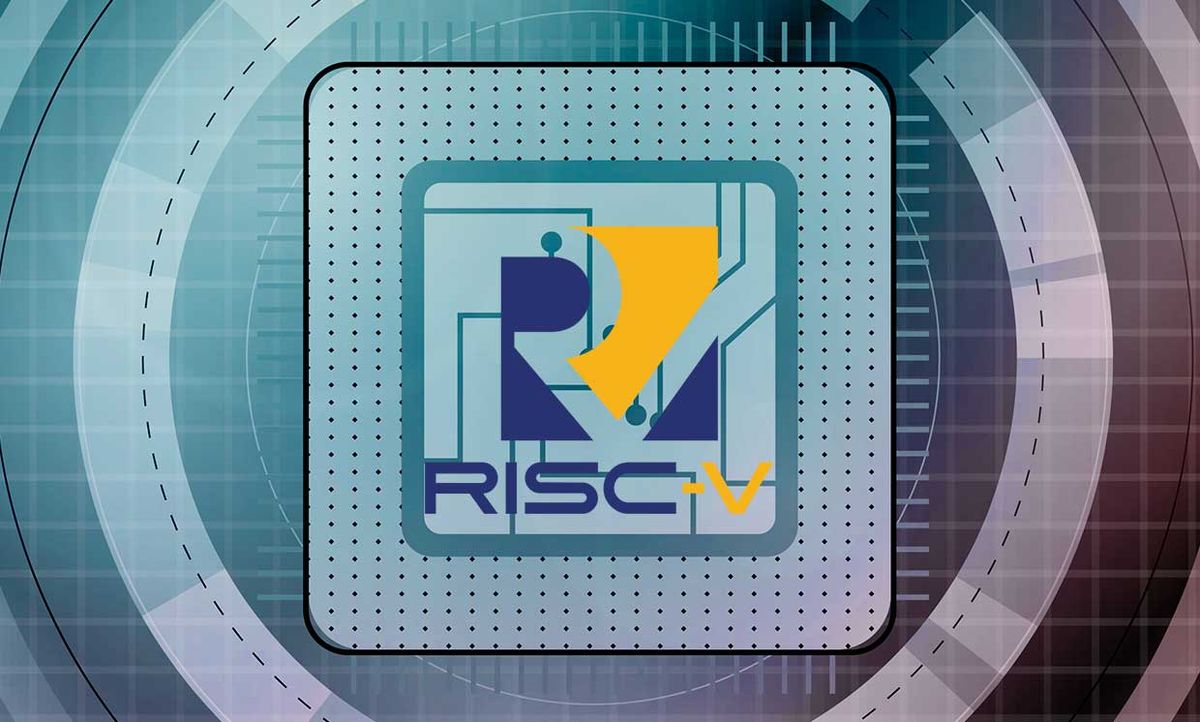Most of the smartphones in our pockets contain computer chips based on Arm architecture, whereas Intel’s x86 architecture reigns supreme among laptops, desktops, and server hardware. But a fast-growing number of companies in the U.S., Europe, and especially Asia have been turning to the open-source chip architecture called RISC-V. It allows even startups to design custom chips without the expensive licensing fees required to use proprietary chip architectures.
Originally developed by researchers at the University of California, Berkeley, starting in 2010, RISC-V represents one of many instruction set architectures (ISAs) that allow programmers and the software they write to directly control computer hardware. The open-source flexibility of RISC-V has made it an increasingly popular chip architecture for companies such as computing storage giants Seagate and Western Digital Corp., China’s e-commerce giant Alibaba, along with government initiatives backed by the U.S. military’s Defense Advanced Research Projects Agency (DARPA).
“There's a lot of multi-denominational companies that don't subscribe to having all the wood behind one arrow,” says Mark Himelstein, chief technology officer at RISC-V International.
Those multi-denominational companies include the owners and developers of the rival chip architectures that still dominate the market. Nvidia has used RISC-V architecture in its graphics processing unit (GPU) chips even while working to acquire Arm architecture owner Arm Holdings. Intel may also help accelerate the adoption of RISC-V through its expanding foundry business that aims to manufacture chips for other companies based on the x86, ARM, or RISC-V architectures.
Such signs all point to a world where RISC-V has plenty of room to grow alongside its much larger rivals.
Another sign of the changing times came when Wave Computing, which owns the MIPS chip architecture used in many consumer electronics devices, recently emerged from bankruptcy under the MIPS name but with a new plan to develop chips based on RISC-V. The renamed company also announced it had joined the organization RISC-V International.
Rebranded and incorporated in Switzerland in 2020, the RISC-V organization currently has about one-third of its members in North America, another third in Europe, and 37 percent in the Asia-Pacific region. The latter represents the fastest-growing in terms of RISC-V adoption, with countries such as India and Pakistan having already embraced RISC-V as their national instruction set architecture for homegrown chip development.
China has also stood out as a major adopter of RISC-V, despite most Chinese tech companies still relying heavily upon Arm and x86 architectures. In 2019, Alibaba revealed it had developed the XuanTie 910 processor based on the RISC-V architecture through its semiconductor subsidiary Pingtou Ge (“Flat-head Brother / Honey Badger”).
“We had five undergraduate students from the Chinese Academy of Sciences create a RISC-V chip with $12,000 over four months, and they're moving towards a one chip, one student kind of model,” Himelstein says.
There has also been speculation about whether Nvidia’s impending $40-billion acquisition of Arm could complicate Chinese companies’ continued use of the Arm architecture because of U.S. export blacklists—an uncertainty which could provide another compelling reason for more Chinese companies to adopt the RISC-V architecture. But Arm seems eager to hold onto its Chinese customers in any case.
“We do not expect this transaction to have any adverse impact on Arm’s operations in China,” says Mohamed Awad, vice president of IoT Business at Arm. “Nvidia will maintain Arm’s open licensing model and collaborative partnership approach, serving customers in any industry, all over the world.”
The Arm architecture held a commanding 95 percent market share among smartphones and a 34 percent market share across all types of chips and processors as of 2019. But Arm has certainly been aware of RISC-V’s growing popularity—an abortive marketing effort to cast doubt on the open-source architecture fell apart in the face of internal opposition from Arm employees in 2018. Taking a more tactful approach, Awad noted that “Arm remains one of the biggest supporters of open-source communities and movements,” with “more than 500 Arm engineers dedicated to open-source projects.”
However, Awad also pointed to some possible verification and support challenges for open-source hardware when it comes to gaining widespread commercial adoption in mass-produced chips. “The risk is that the cost savings associated with licensing is often minimized by the time and money being spent on verification, physical design, and software development for a device with little or no differentiation,” Awad says.
RISC-V International seems aware of those challenges. The organization currently has dozens of technical working groups making sure the RISC-V architecture plays well with various standards, addresses the needs of multiple chip applications, and allows for strong chip security.
Despite their different models, both RISC-V International and Arm seem to agree that the future of chip development will involve a diverse array of chip architectures. Awad envisions open source playing a role in future chip design alongside the traditional models for IP licensing and Electronic Design Automation tooling. Similarly, Himelstein sees “lots of places for multiple processors to coexist in the world,” even as he points to the open-source and license-free model of RISC-V as the chip architecture’s competitive strengths.
“What you're seeing more and more is that people have control of their own destiny,” Himelstein says. “That's what Linux taught them, and that's what they want with hardware.”
Jeremy Hsu has been working as a science and technology journalist in New York City since 2008. He has written on subjects as diverse as supercomputing and wearable electronics for IEEE Spectrum. When he’s not trying to wrap his head around the latest quantum computing news for Spectrum, he also contributes to a variety of publications such as Scientific American, Discover, Popular Science, and others. He is a graduate of New York University’s Science, Health & Environmental Reporting Program.



